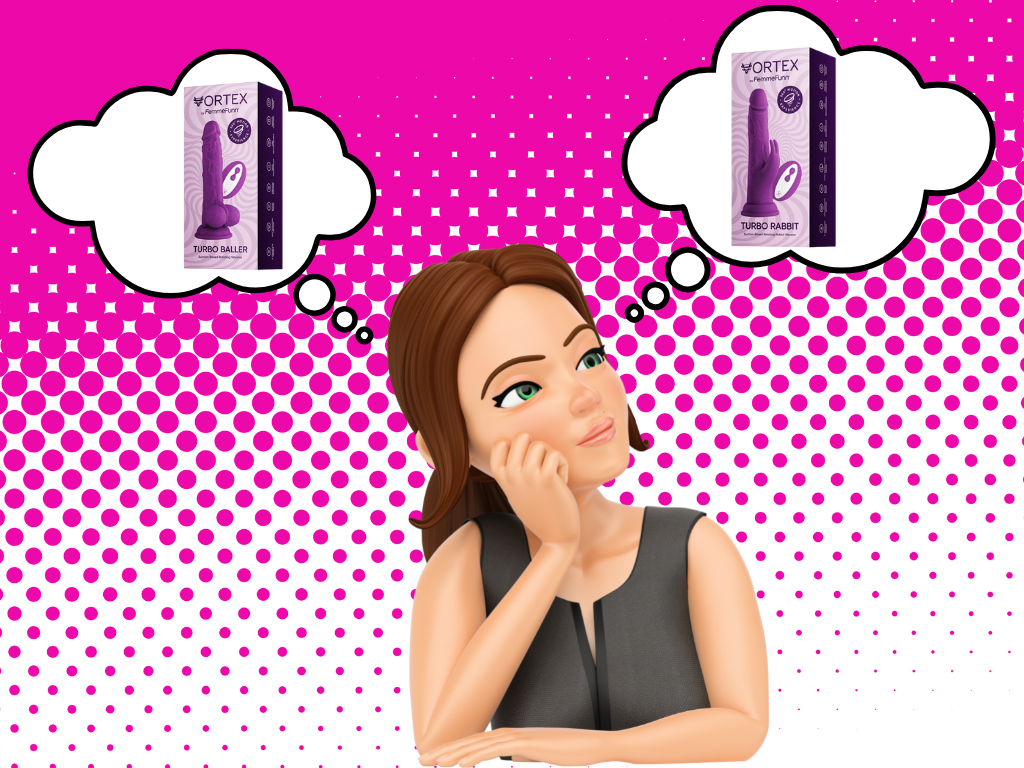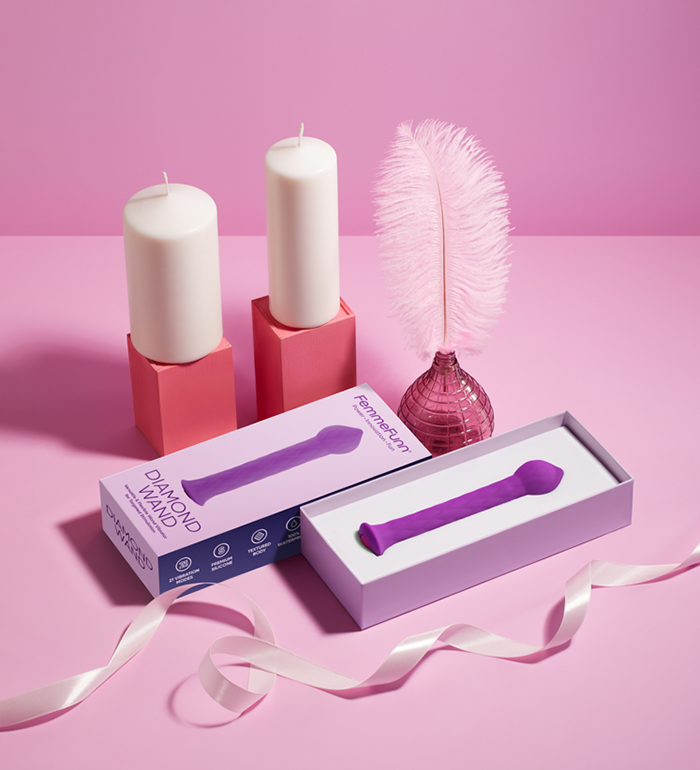No products in the cart.
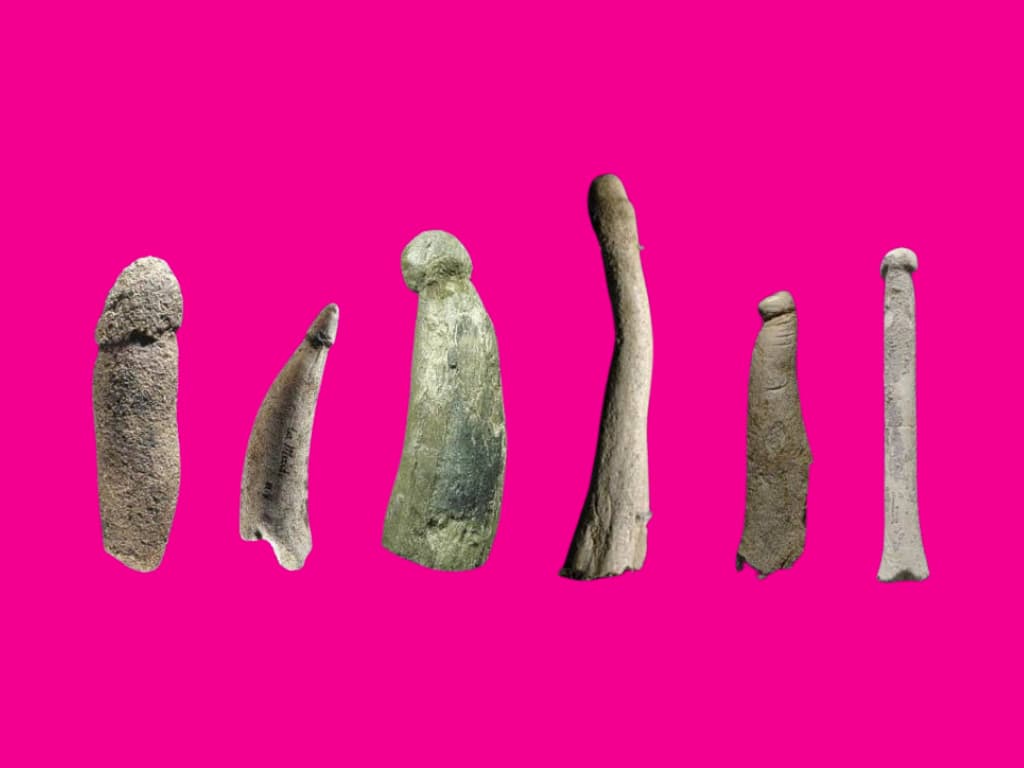

Sex Toy Evolution: From Stone to Silicone and Everything in Between
Since the discovery of the oldest known phallic-shaped object from 30,000 years ago, when our ancestors had carved eight-inch-long penises out of siltstone, sex toys have evolved significantly.
To truly appreciate the magnificence of the modern sex toy, we’ve compiled a brief sex toy evolution timeline for you to see how far humanity’s favorite toy has come.
29000 BC
Fancy a Stone Phallus?
The earliest sex toy known to man dates back to circa 29000 BC. It is a paleolithic stone phallus discovered by archeologist Petra Kieselbach in southern Germany’s Hohle Fels Cave.
It is unknown whether it was used as a dildo or more of an idol sculpture. However, because it resembles an actual penis, the way it is polished, and the substance used to make it (siltstone), experts assume it was used as a sex toy.
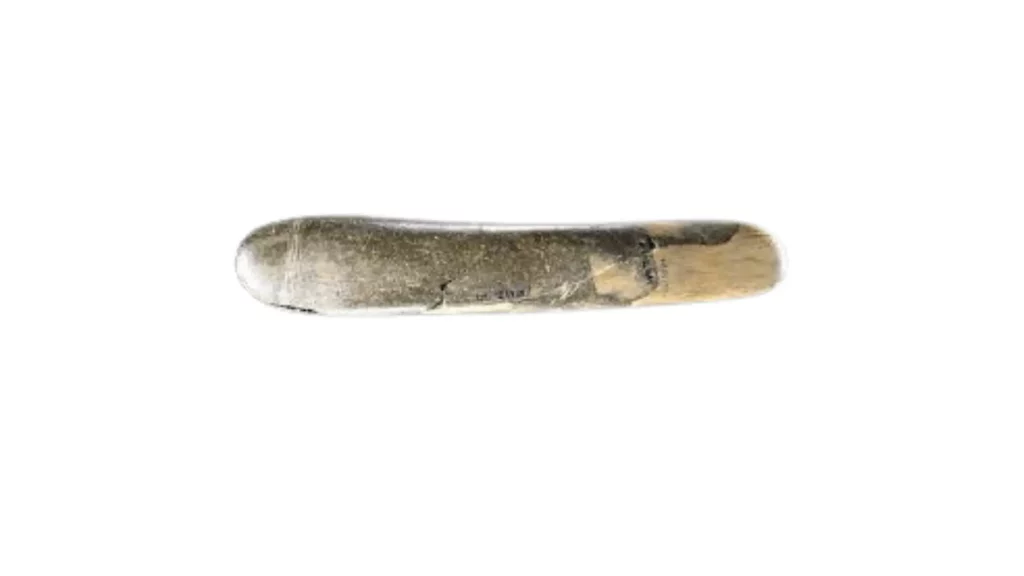
500 BC
Ben Wa Ball Magic
During the 500BC, the Ben Wa balls first appeared in Japan. They were referred to as the Rin no Tama. There was originally only one ball, and it was intended to improve the male’s pleasure during sex.
This evolved into the well-known toy we know today, two balls used to assist women in strengthening their pelvic floor muscles. Ben Wa balls first arrived in the West at the end of the 16th century.
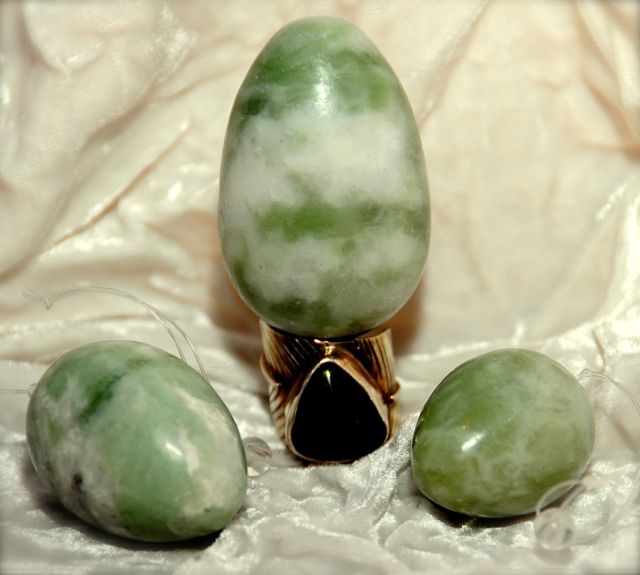

300 BC
Olisbos
The earliest recorded use of a dildo dates all the way back to Ancient Greece when merchants sold something called olisbos (from the word meaning to slip or glide).
Made of stone, leather, or in some cases, wood, the olisbos evolved into an item purchased mainly by single women.
In what is now Balat, Turkey, Miletus was regarded as the olisbos’s manufacturing and distribution hub!
1400s
Diletto!
In Renaissance Italy, the Greek term olisbos morphed into the Italian word diletto, meaning “delight”. The earliest allusion to the modern-day dildo is in Pietro Aretino’s Dialogues.
Even when lubricated liberally with olive oil, the diletto was not as comfy as its modern-day counterpart. Yet, as proven by today’s thriving adult toy market, dildos have progressed (thankfully!) and grown in popularity.
1592
Merrie Ballad of Nash
Thomas Nashe mentions a dildo in 1592 with Merrie Ballad of Nash. The poem is based on a young man who seeks to date a prostitute on Valentine’s Day and discovers that he is not up to the task; disappointed, she gives up and reaches for her little glass friend.
1734
Le Tremoussoir
The clockwork vibrator, or tremoussoir, was created in France in 1734 and was accessible in the American colonies by the 1750s through medical equipment providers.
Although the devices were quite pricey, they were purchased mainly by physicians; neither custom nor law prohibited their procurement by anybody who could afford them.
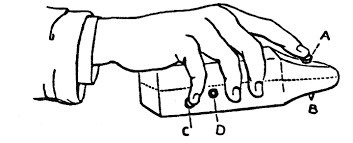
1791
Marquis de Sade
In 1791, Marquis de Sade published “Justine,” possibly the most notorious writer in the history of French literature, who was occasionally acclaimed as “the most free spirit that ever existed.”
Marquis de Sade’s sexual works inspired the term “sadism” – the pleasure of cruelty – which was first included in a dictionary in 1834.
His writings help found the BDSM movement and popularized many bondage items still in use today, like whips and handcuffs.
1844
Goodyear Transforms the Sex Toy Industry
When Charles Goodyear accidentally discovered how to vulcanize rubber, he transformed the motor industry and the sex toy business.
Vulcanization strengthened and improved the durability of rubber, which eventually resulted in its application in the manufacture of condoms, dildos, and other sex toys.
1882
Vibrators Aplenty
Dr Joseph Mortimer Granville invented the first electromechanical vibrator; the medical profession had access to at least a dozen variants.
There were melodic vibrators, counterweighted vibrators, vibratory forks, undulating wire coils called vibratiles, ceiling-mounted vibrators, table-mounted vibrators, floor versions on rollers, and portable devices that fit in the palm of the hand (and you thought today’s toys were varied from the weird and wonderful!)
By the start of the twentieth century, whole operating theaters had been devoted to treating hysteria.

1890s
Porno Flicks
The motion picture was invented, and it wasn’t long before pioneering filmmakers began making the first pornographic films.
Several early films featured scenes of women masturbating with various sexual aids available at the time, including strap-on dildos and massagers.
1900 – 1920
Power to Vibrator!
The vibrator was electrified ten years before the vacuum cleaner and iron. More than 20 vibrator types were on the market by the turn of the century, powered by electricity, batteries, foot-power, or water.
They were marketed in publications like Modern Priscilla, Women’s Home Companion, McClure’s, and Good Housekeeping at the time. Prices ranged from $15 to $200.
1917
KY comes onto the Scene
KY Jelly was developed in 1904 and marketed as a “personal lubricant” in 1917. It was initially created to assist physicians doing pelvic exams, a function it continues to fulfill to this day.
However, it was not until 1980 when KY Jelly became available for purchase over the counter. Nowadays, the market is flooded with a cornucopia of personal lubricants.
1930
Thank goodness for latex
As vibrators began to feature in an increasing number of pornographic films, it became increasingly difficult for manufacturers to market them as massagers; and they gradually began to disappear from respected publications and mail-order catalogs of the day.
In the 1930s, rubber latex was discovered (tapped from the Hevea tree). This form of rubber is softer, lighter, and more malleable than vulcanized rubber, which revolutionized condoms and diaphragms. It also paved the path for the continued popularity of latex sex toys.
1952
Vibrators Revealed
In 1952, the American Medical Association concluded that hysteria was not, in fact, a disease. The disadvantage was that because the vibrator was no longer considered a piece of medical equipment, its real purpose could no longer be concealed.
1977
Who Doesn’t Love Good Vibrations?
Joanie Blank, a sexual therapist, launched the first business dedicated to selling vibrators in a women-centered, sex-positive setting in 1977, naming it “Good Vibrations.”
Late in the 1990s, Alabama followed Georgia’s lead and enacted legislation prohibiting the sale of sex toys, which is punishable by steep fines and even jail time.
The restriction was struck down within a few years, despite the state’s contention that women lack a “fundamental or constitutional right” to sexually stimulating objects.
1980s
Sexy House Parties
Sex toys continued to evolve in the 1980s, with house sale parties providing access to women residing in remote areas.
1990s
Rise of Silicone
By the 1990s, silicone was becoming more popular, but the bulk of sex toys were owned and marketed by one man, Reuben Sturman, dubbed “The Walt Disney of Porn” for his firm that specialized in pornography and pleasure devices.
1998
The Influence of Pop Culture
With the launch of the American TV show “Sex And The City,” sex toys were pretty much accepted or at the very least many of them became household names.
The Pearl Rabbit, Pyrex Glass Dildos, Magic Wand vibrator, and Love Swing all became popular overnight.
2010
Remote-controlled vibrators
As technology advanced, sex devices such as mobile phones and applications could be operated remotely, initially via Bluetooth, and then over the internet.
Remote-controlled vibrators became the standard, and the camming sector boosted the popularity of tip-controlled vibrators.
2022
Sex toys are a multibillion-dollar industry that can be accessed virtually anywhere, online or offline. And this market is expected to expand from $15 billion in 2015 to $52 billion by 2026.
What’s to come?
Smart sex toys already exist, with users able to connect their dildos and bullets to a phone app and control settings or use them remotely with partners. They may even witness their pleasure while masturbating in real-time. And sextech is poised to expand even further.
Virtual and augmented reality are gradually becoming mainstream, with sex toys set to become an integrated part of the total experience. Even more amazingly, they may offer the user what they want based on bodily readings and, like AI and wearable technologies, will remember user preferences.
Simply said, future sex toys may know you better than you know yourself – by predicting your preferences, the moment you’re about to climax, and the exact settings that get you there, and then allow you to analyze the data.
While we can only predict how sex toys will continue to evolve, one thing is for sure… Sex toys — no matter what size – are here to stay, and they’re only going to get better and better!
